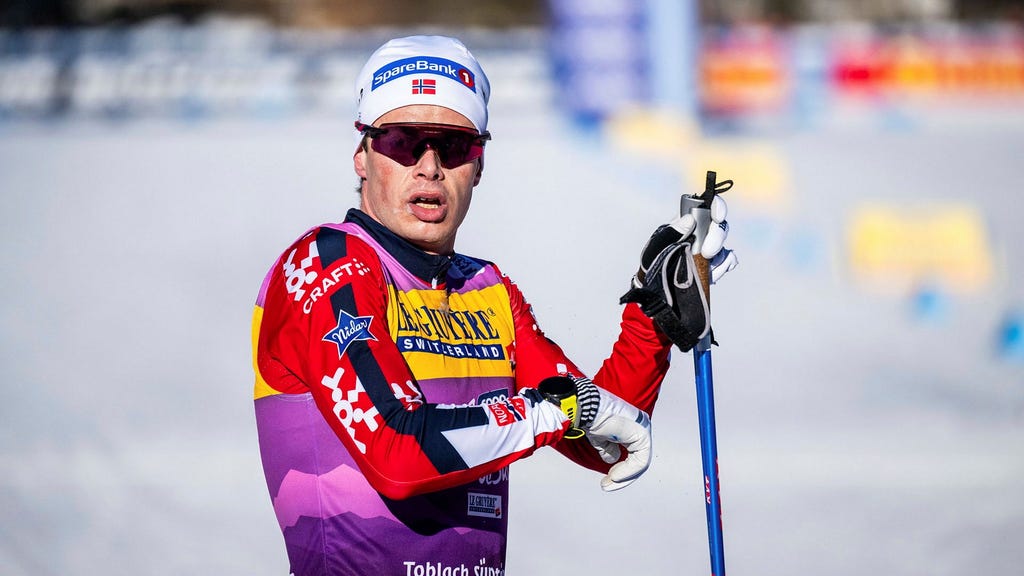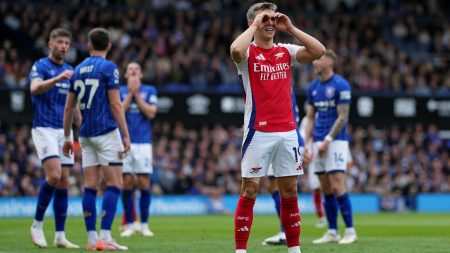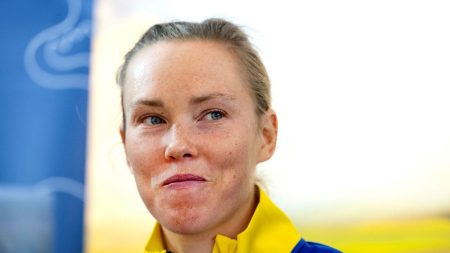Harald Østberg Amundsen, a prominent Norwegian cross-country skier, has withdrawn from the Tour de Ski ahead of the crucial final weekend of competition. This unexpected departure deals a blow to his overall standing in the tour and removes a significant contender from the fight for the podium. Amundsen awoke with a sore throat, a symptom suggestive of a potential respiratory infection. The decision to withdraw was made in consultation with the Norwegian team’s physician, Ove Feragen, and prioritized Amundsen’s health and long-term athletic performance. While undoubtedly disappointing for the skier, prioritizing recovery over pushing through illness is crucial, particularly in a demanding sport like cross-country skiing. This approach minimizes the risk of exacerbating the illness and potentially developing more serious complications, ensuring a quicker return to full training and competition.
The withdrawal comes at a critical juncture in the Tour de Ski, with the final stages often playing a decisive role in determining the overall winner. Amundsen had been performing consistently throughout the tour, maintaining a position amongst the top contenders. His absence will reshuffle the dynamics of the race, opening up opportunities for other skiers to climb the rankings. The challenging climbs and demanding distances of the final stages would have put a significant strain on Amundsen’s body, even without the added burden of illness. Competing while unwell would have likely hampered his performance and possibly worsened his condition. This calculated withdrawal allows him to focus on recovery and prepare for upcoming competitions, including the World Championships, a primary target for elite skiers.
The Norwegian team’s medical staff made a pragmatic decision, prioritizing the long-term health and competitive prospects of Amundsen. The demanding nature of the Tour de Ski necessitates peak physical condition. Competing while experiencing even mild illness can compromise performance and prolong recovery time. The decision reflects a responsible approach to athlete management, emphasizing the importance of rest and recuperation in ensuring sustained athletic success. Returning to intense training and competition prematurely could have detrimental effects, potentially setting back Amundsen’s training schedule and jeopardizing his participation in crucial upcoming events.
Amundsen’s withdrawal underscores the unpredictable nature of elite sports, where even minor ailments can significantly impact performance and necessitate difficult decisions. Athletes are constantly balancing the drive to compete with the need to manage their physical well-being. The decision to withdraw from a major competition like the Tour de Ski is never taken lightly, especially given the months of preparation and dedication leading up to the event. However, prioritizing health is ultimately paramount, ensuring the athlete can return to competition stronger and more resilient. This situation also highlights the role of medical staff in providing expert guidance and supporting athletes in making informed decisions about their health and participation.
While Amundsen’s absence from the final stages of the Tour de Ski is a setback for him personally, it also presents opportunities for other skiers to make their mark. The competition for the podium will intensify, with several athletes vying to capitalize on Amundsen’s withdrawal. This dynamic element of the sport keeps both competitors and spectators engaged, as the field remains open to unexpected shifts and potential upsets. Amundsen’s withdrawal, while disappointing, is a testament to the demanding nature of cross-country skiing and the commitment required to compete at the highest level. It serves as a reminder that even the most prepared athletes can face unforeseen circumstances that require difficult choices.
In the competitive world of elite cross-country skiing, managing health is as crucial as mastering technique and strategy. Amundsen’s withdrawal, while a strategic setback for the current season, underscores the long-term vision essential for sustained success in the sport. By prioritizing recovery and heeding the advice of medical professionals, he demonstrates a commitment to his long-term athletic goals. This approach not only protects his immediate health but also safeguards his future prospects in the sport, allowing him to return to competition fully prepared and ready to contend at the highest level. Ultimately, this decision prioritizes long-term success over short-term gains, a crucial element in navigating the demanding world of professional athletics.














